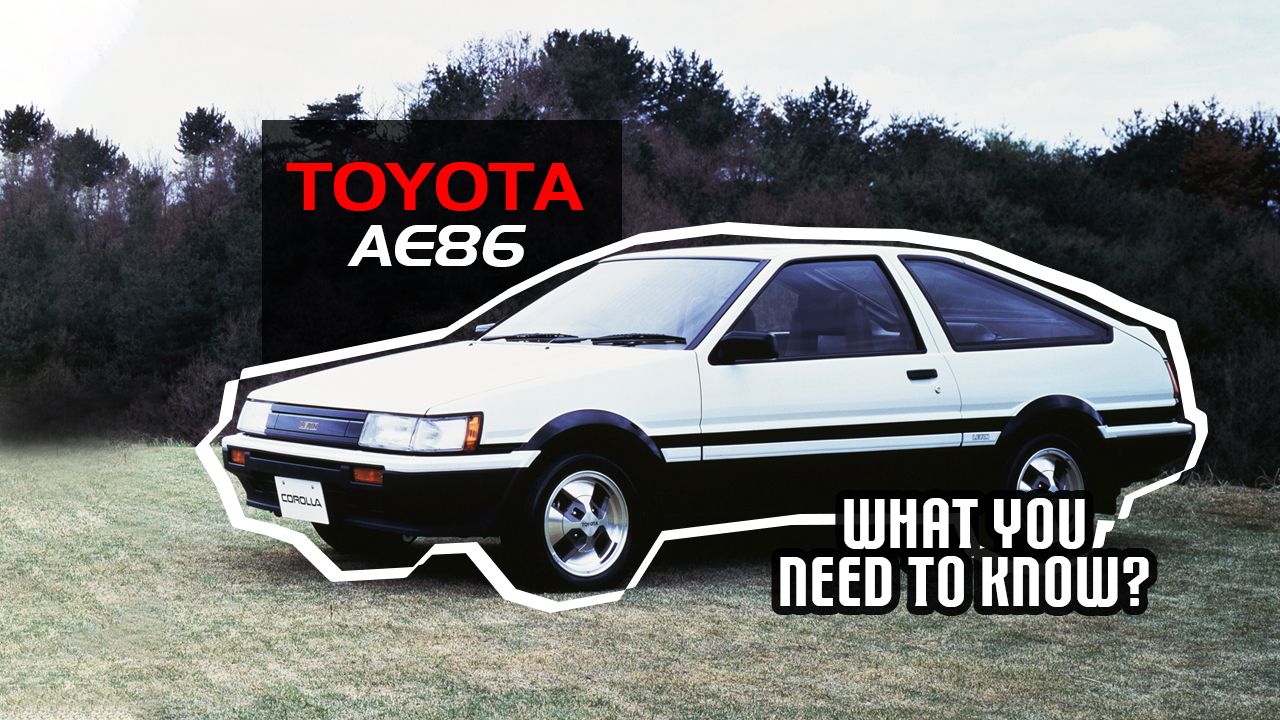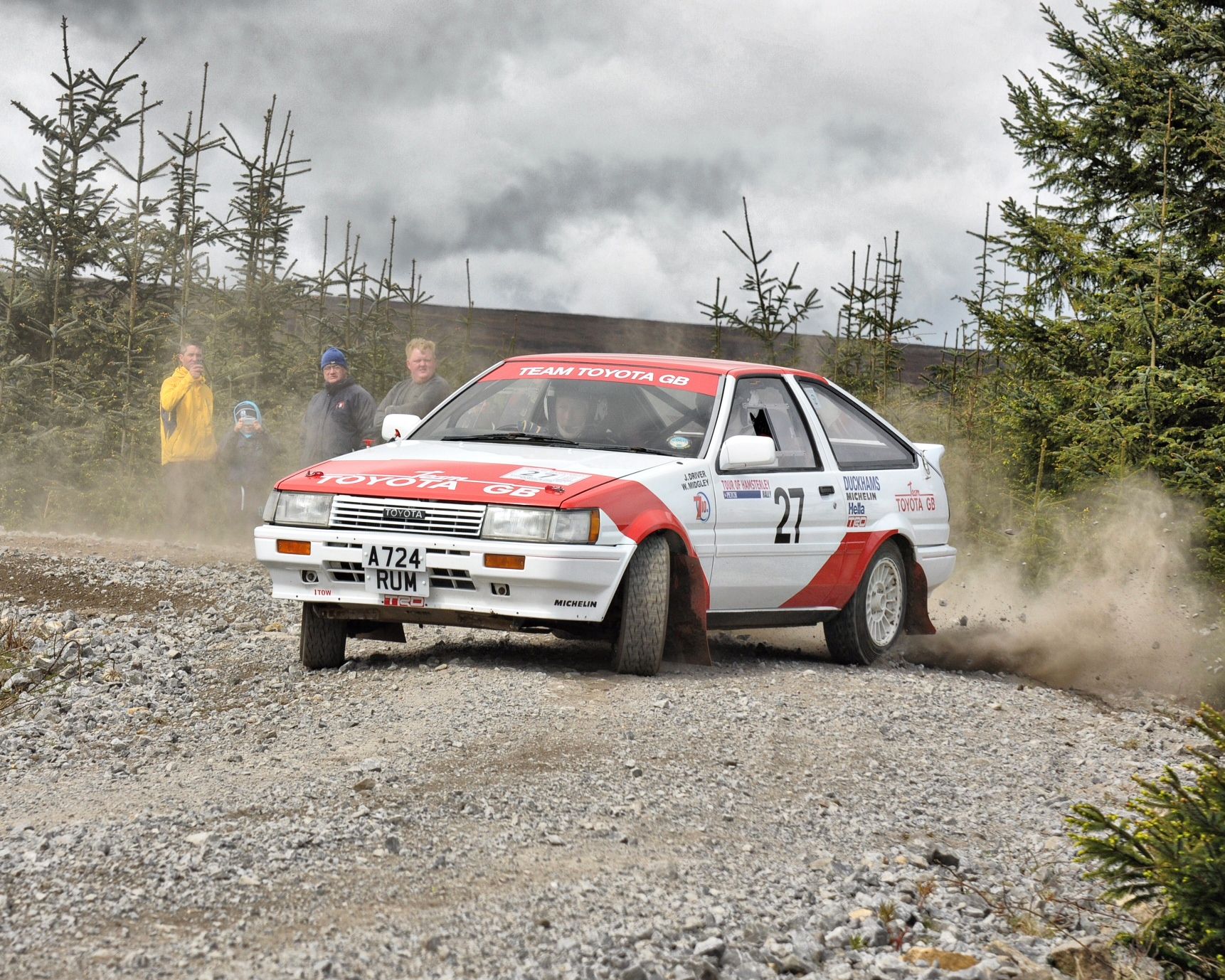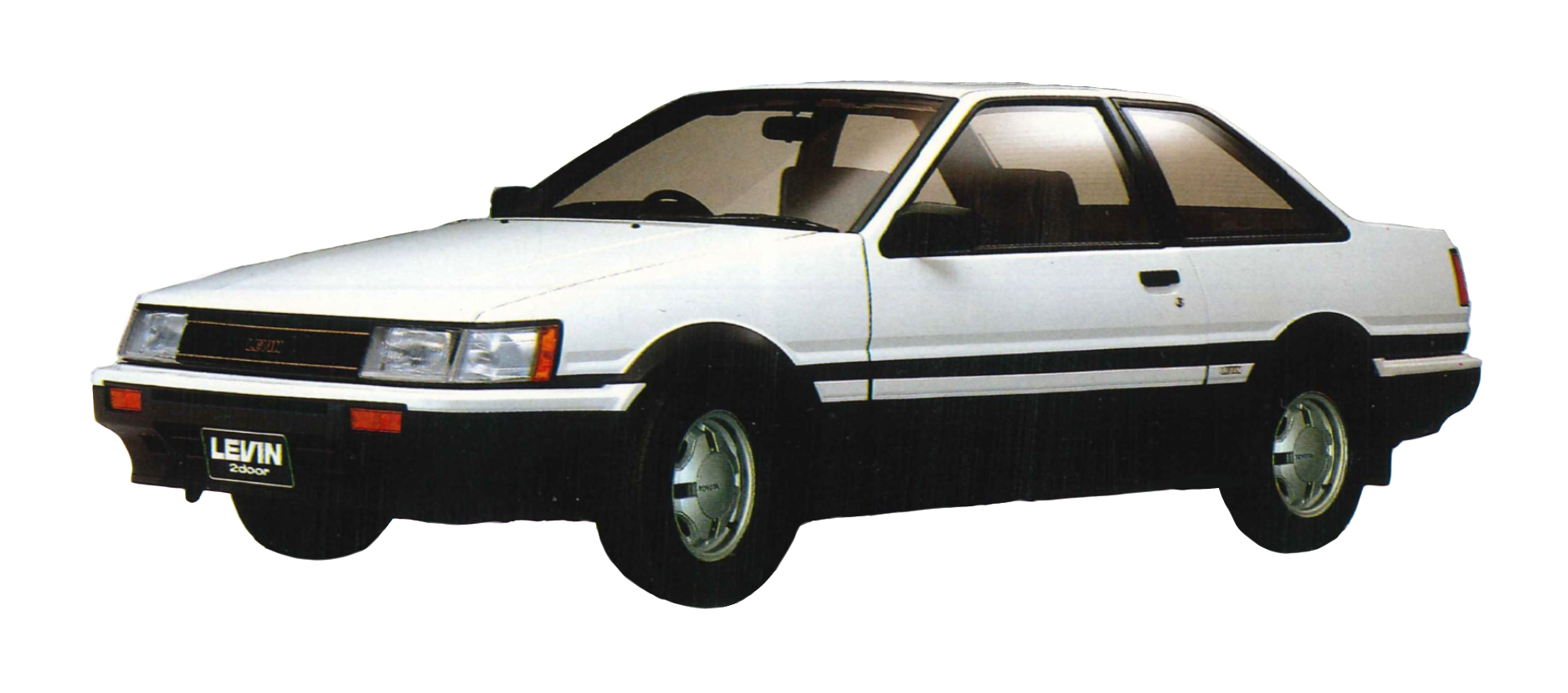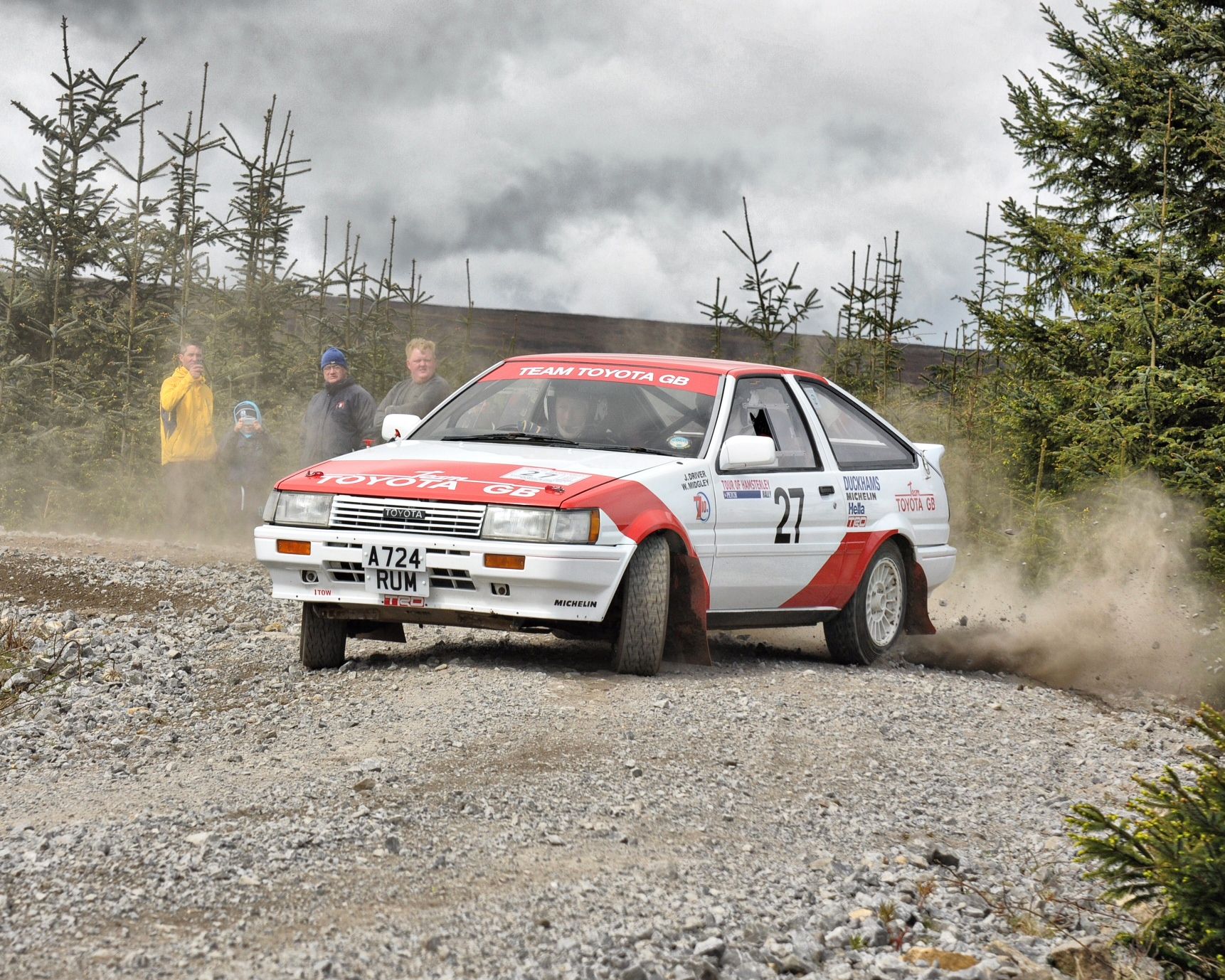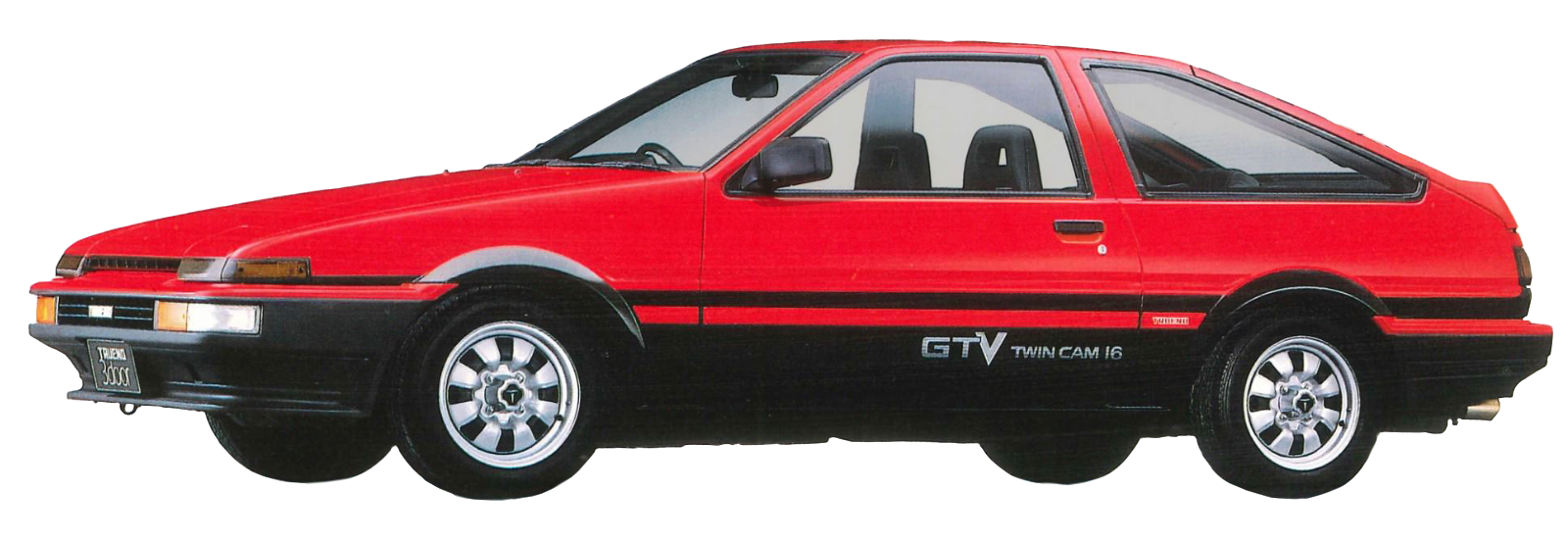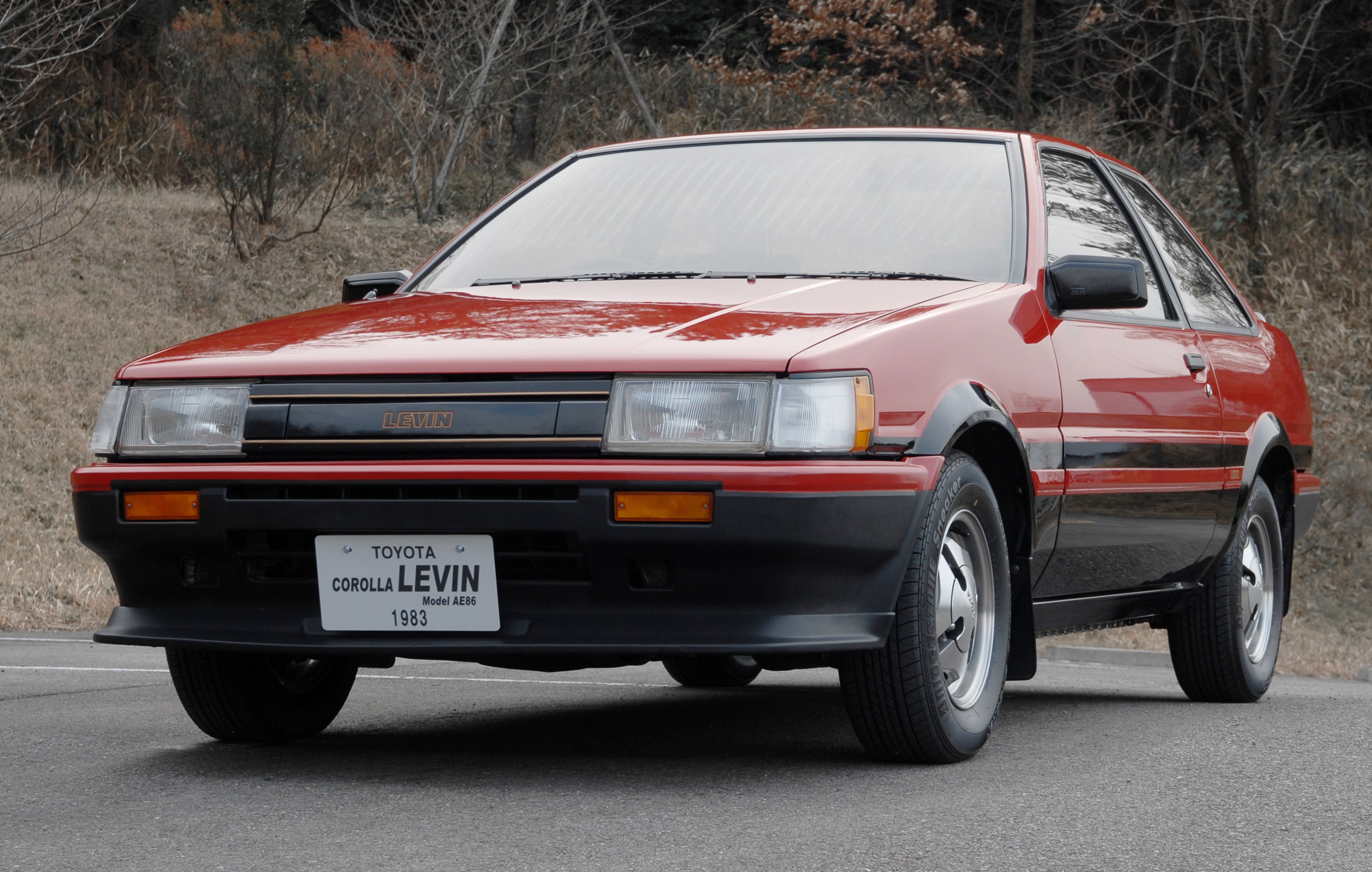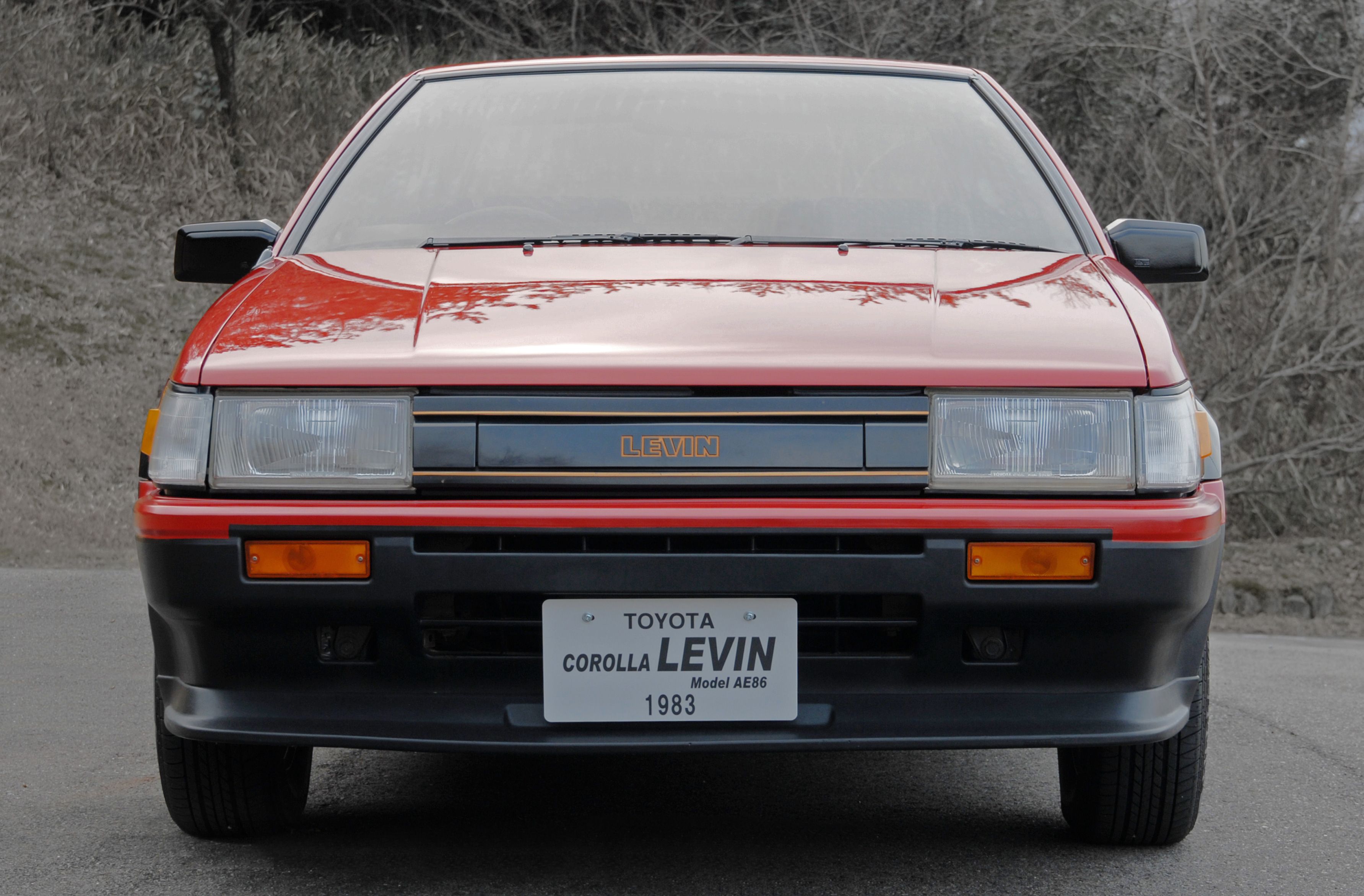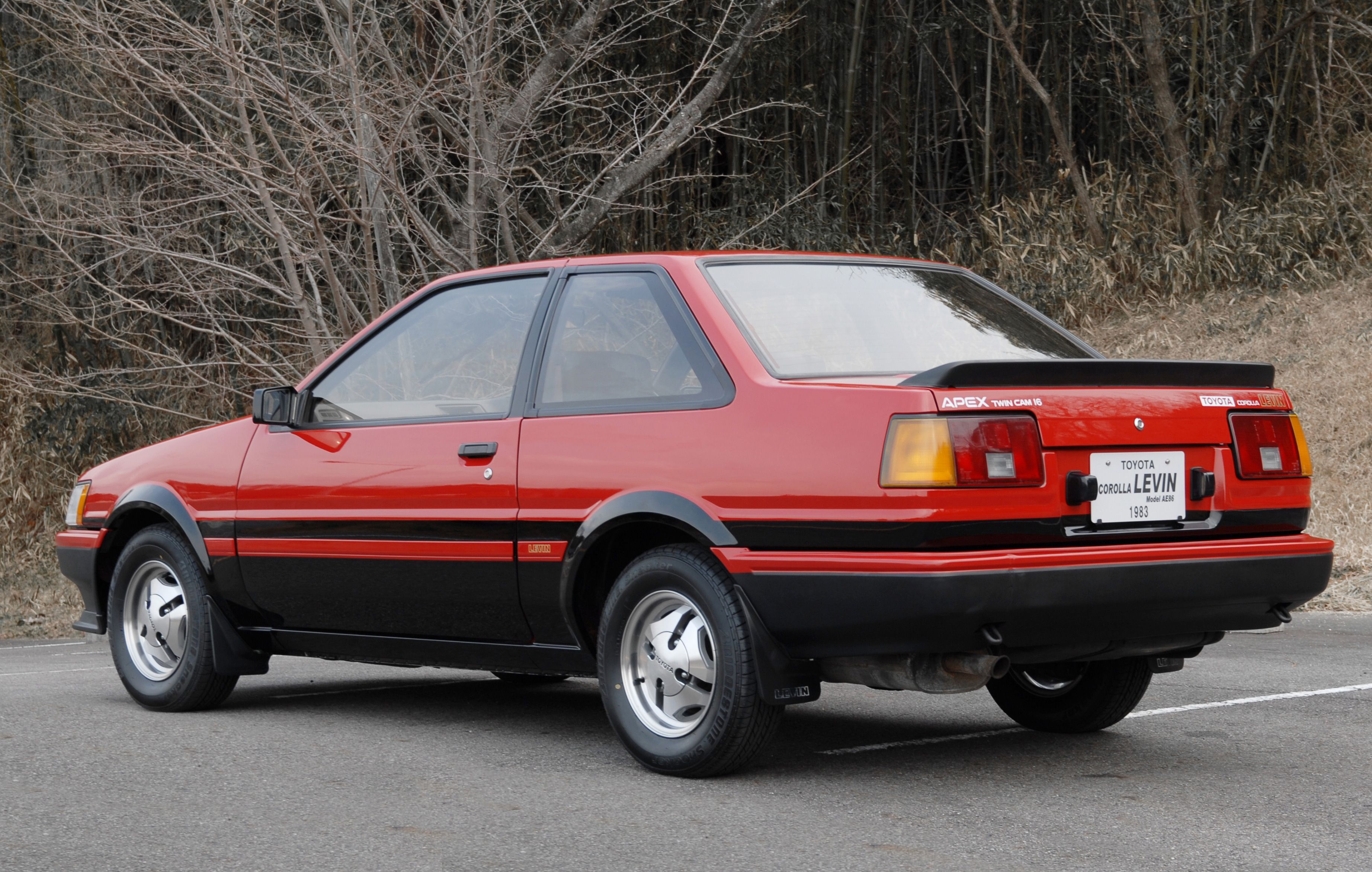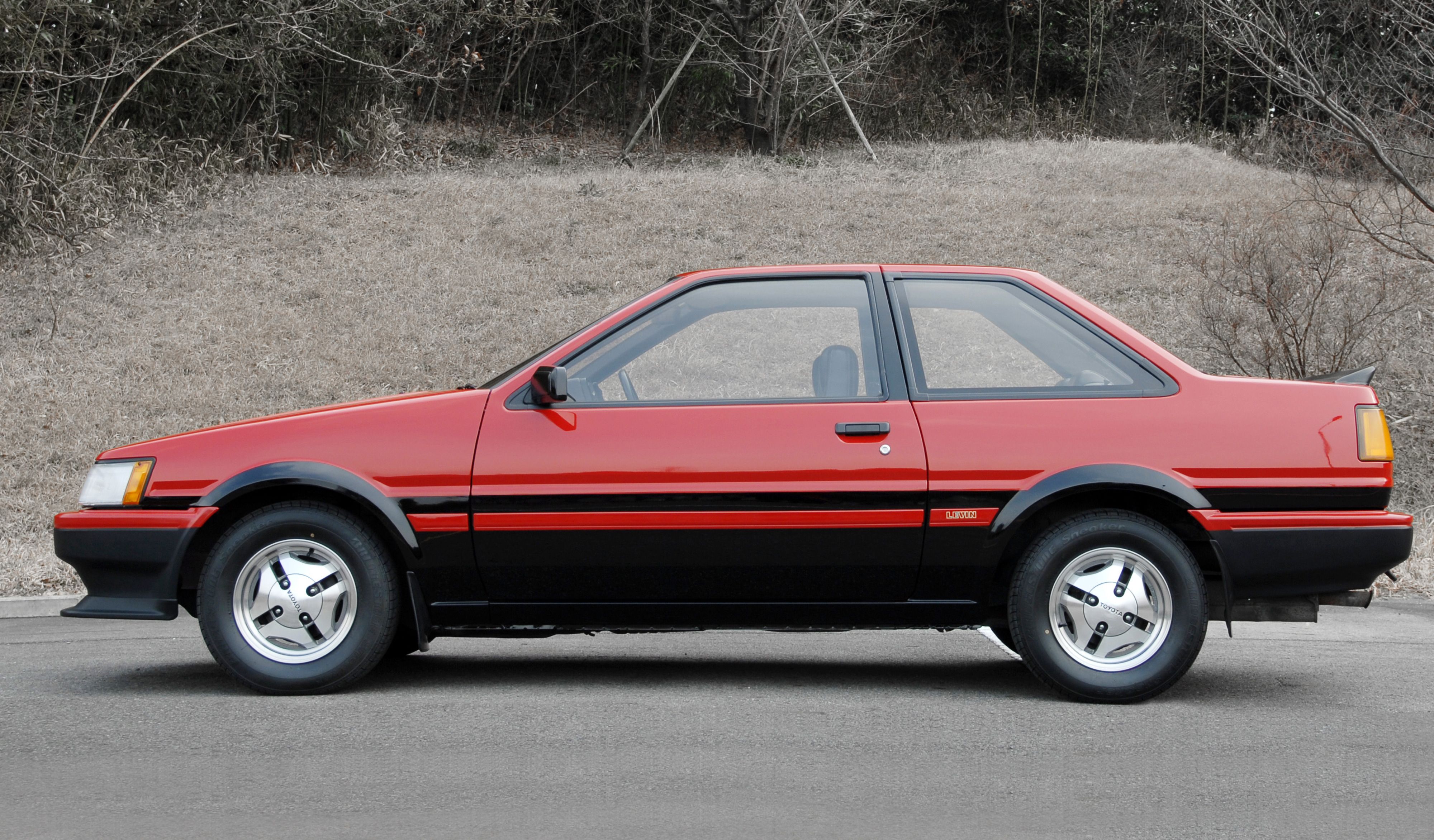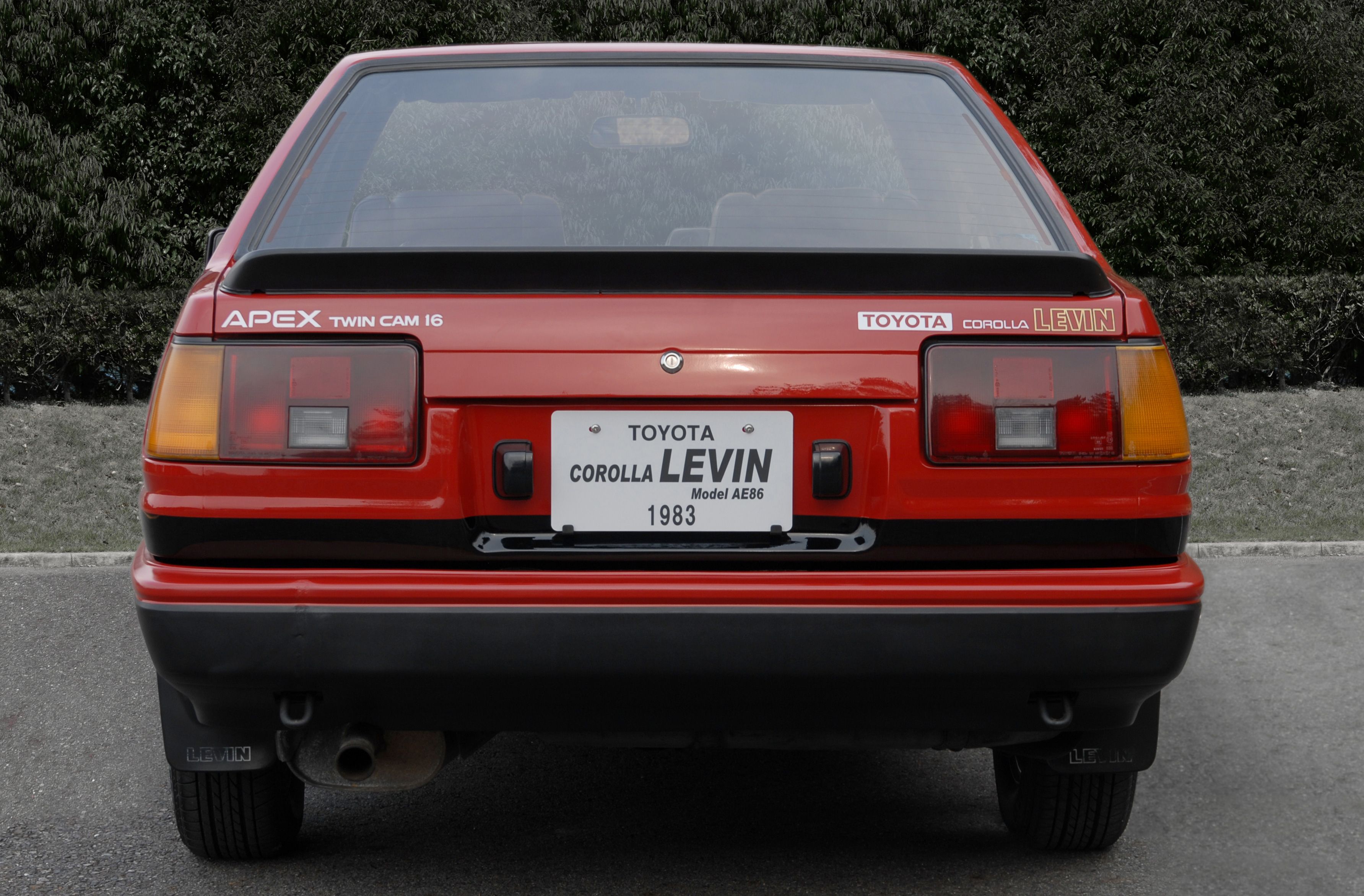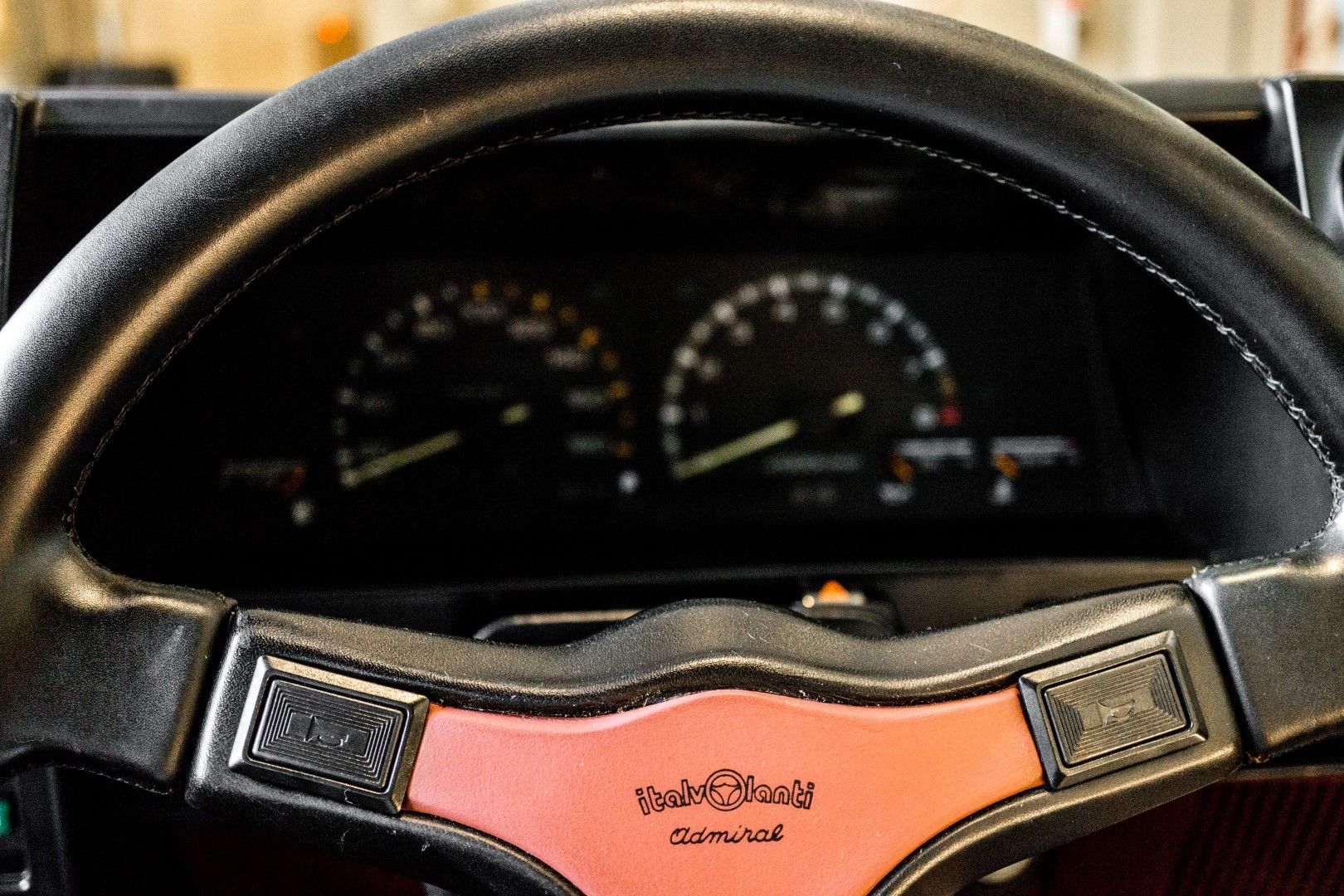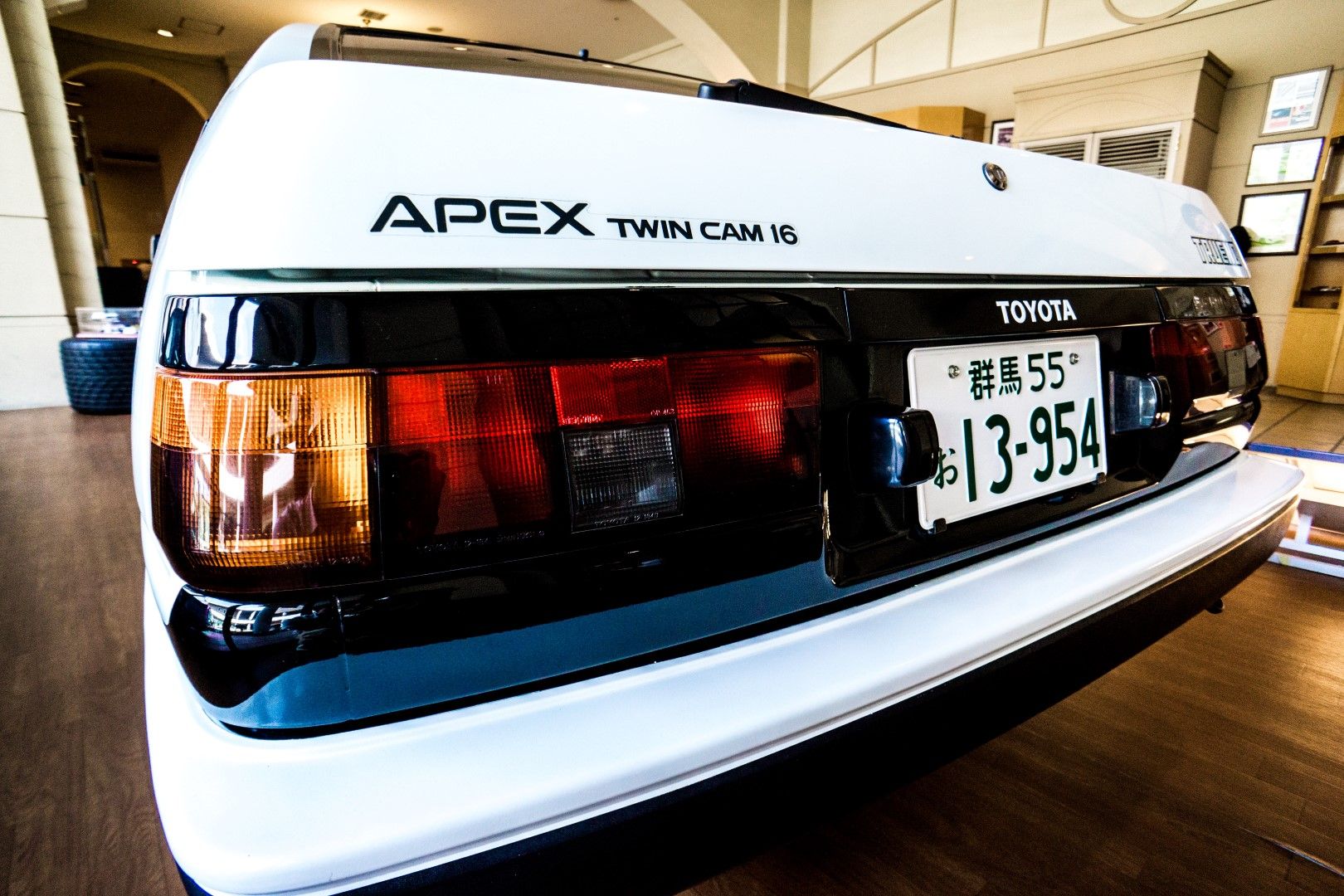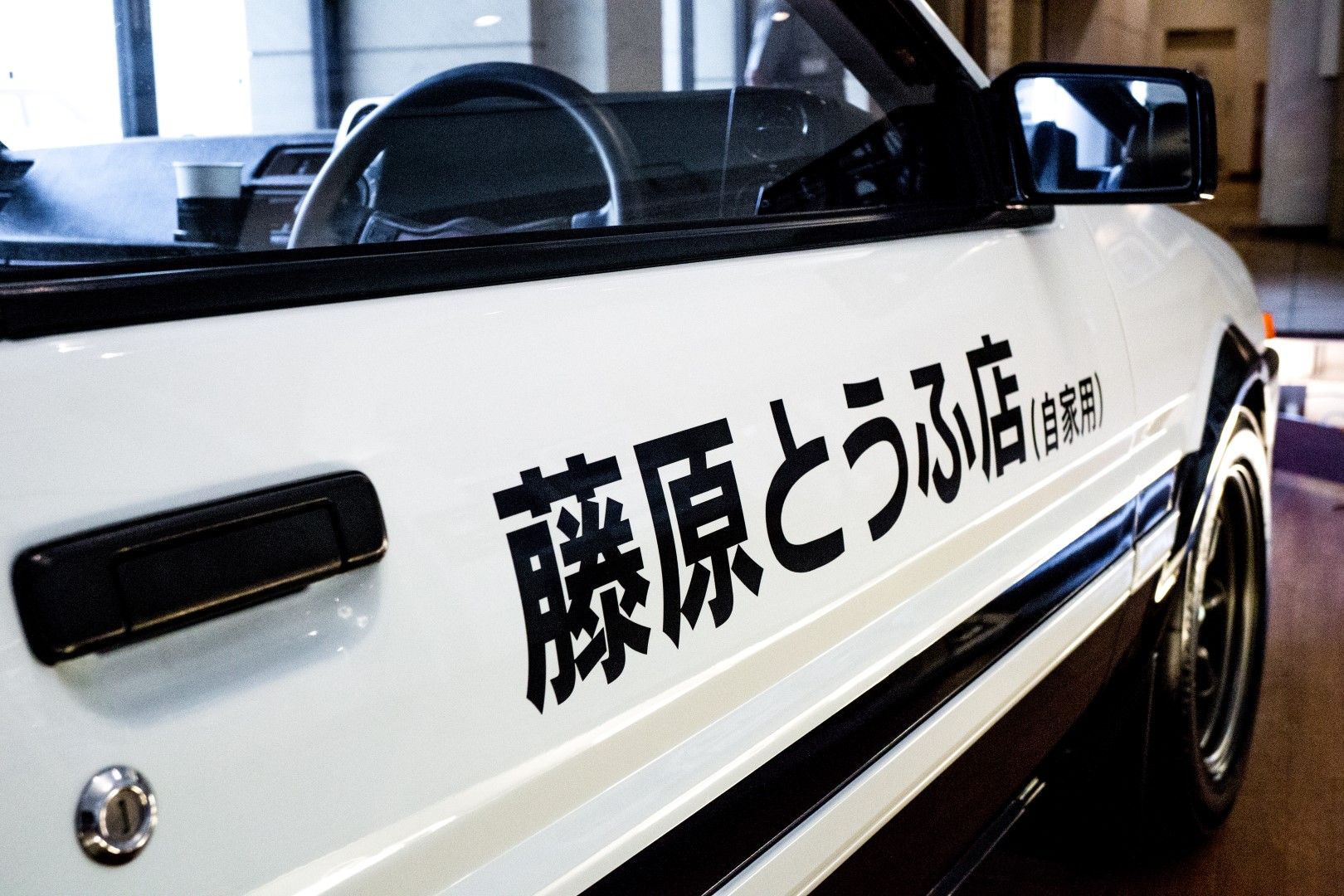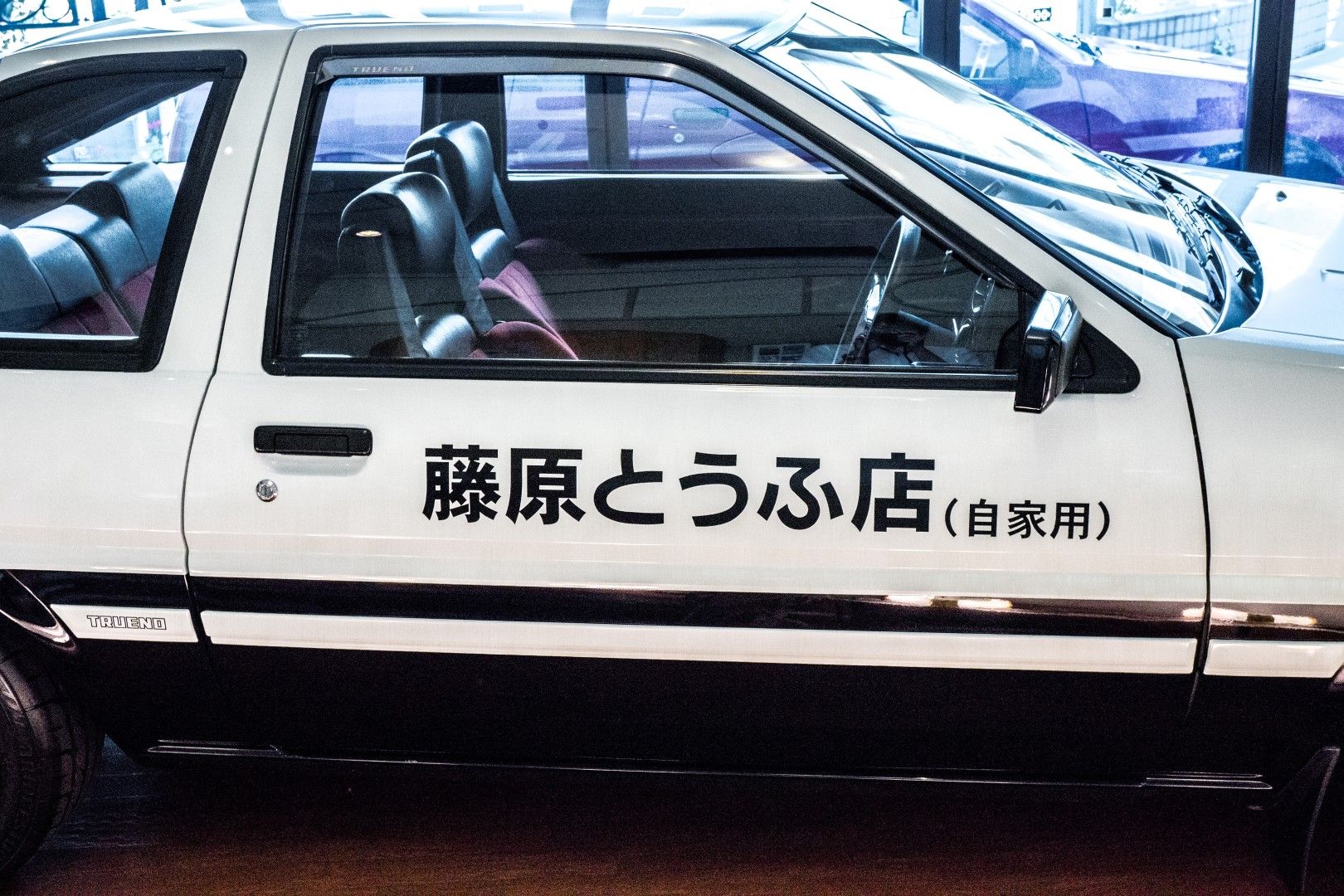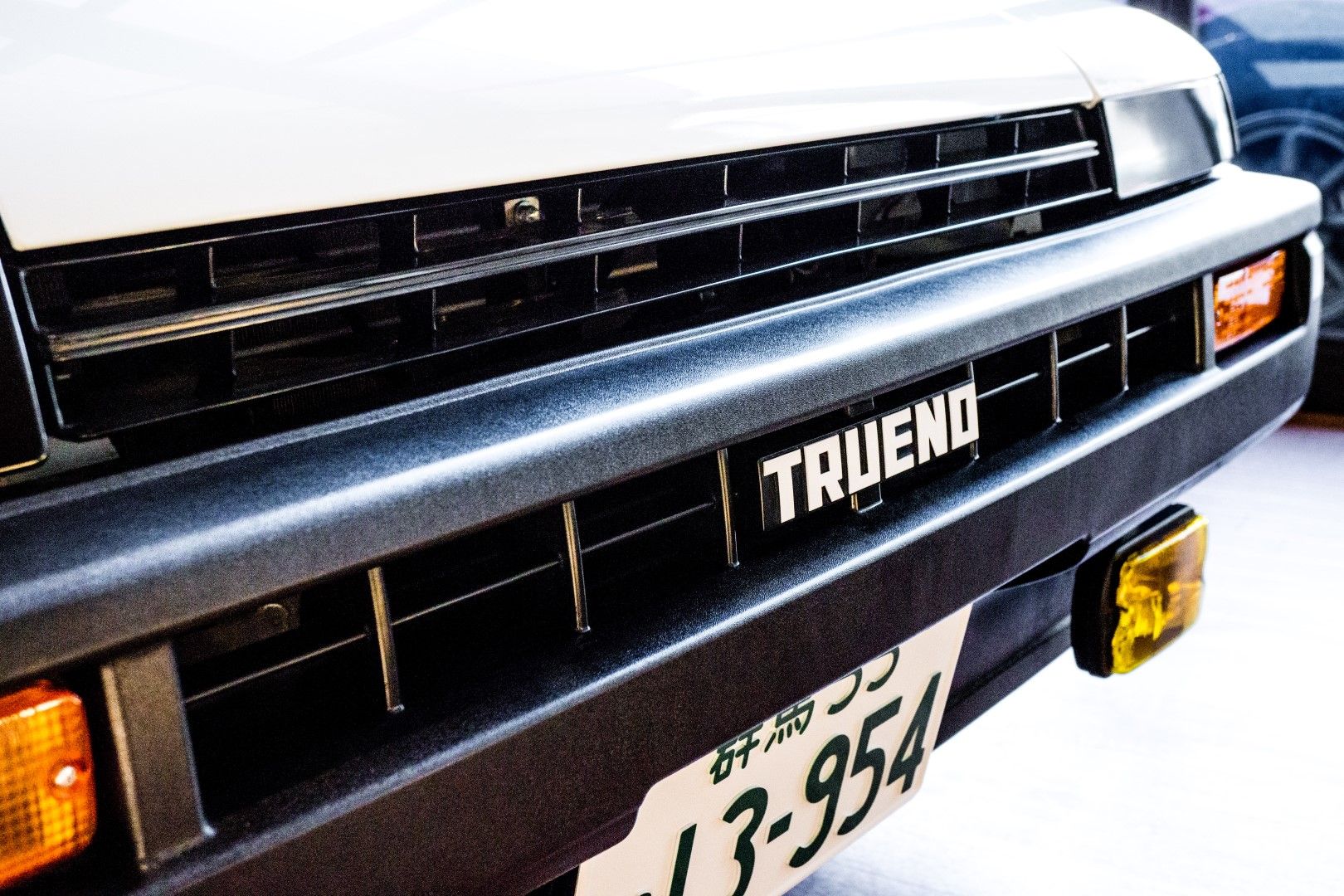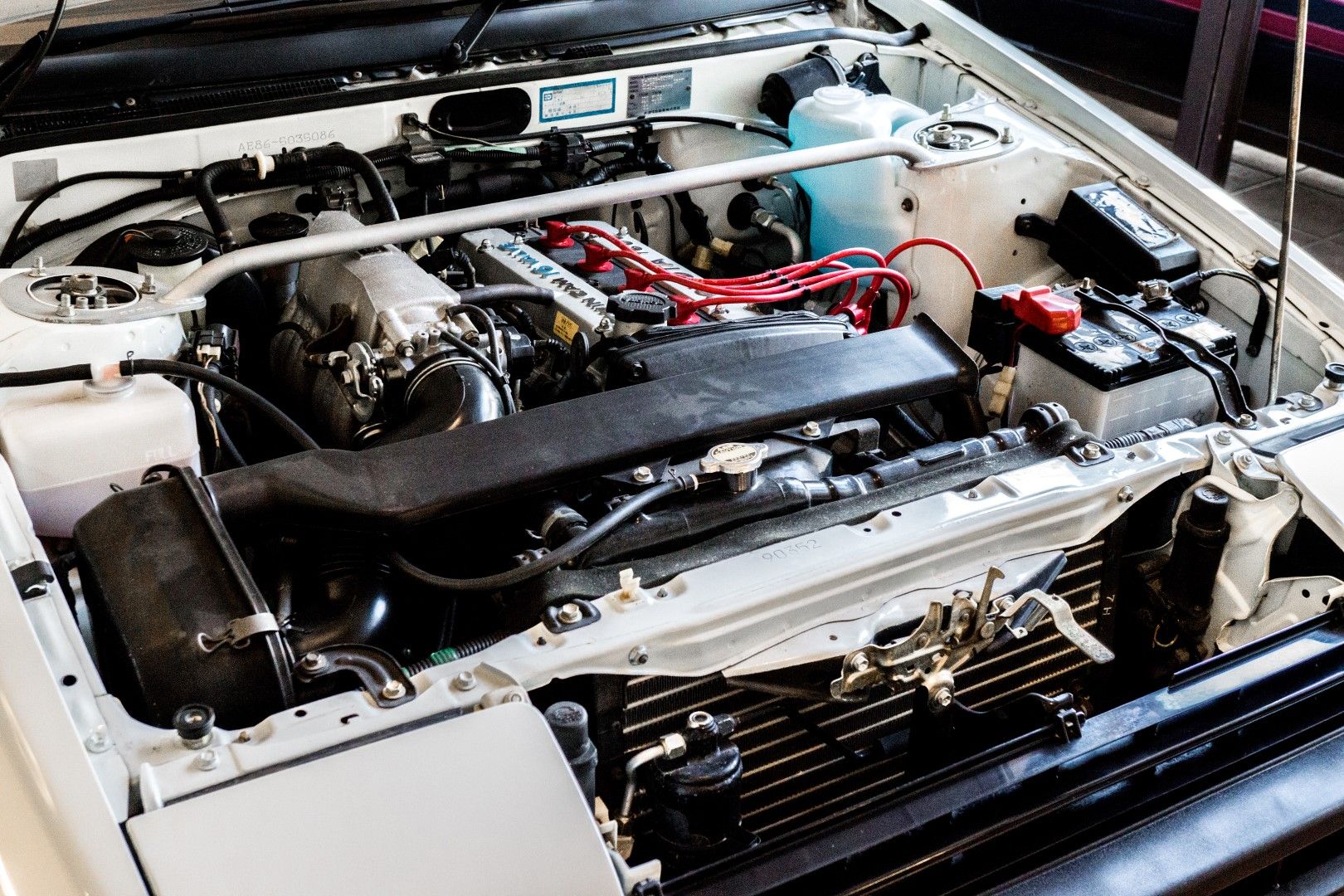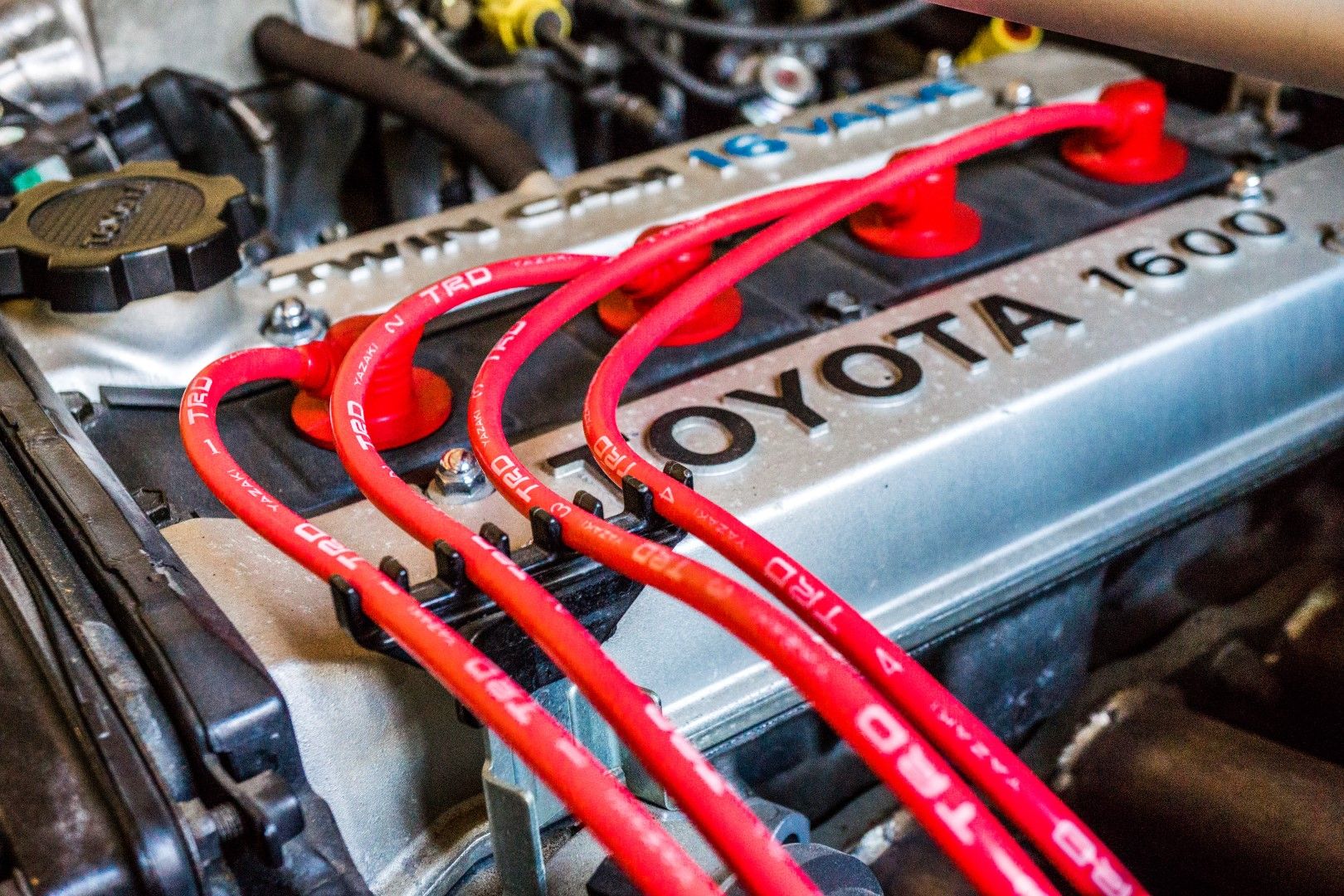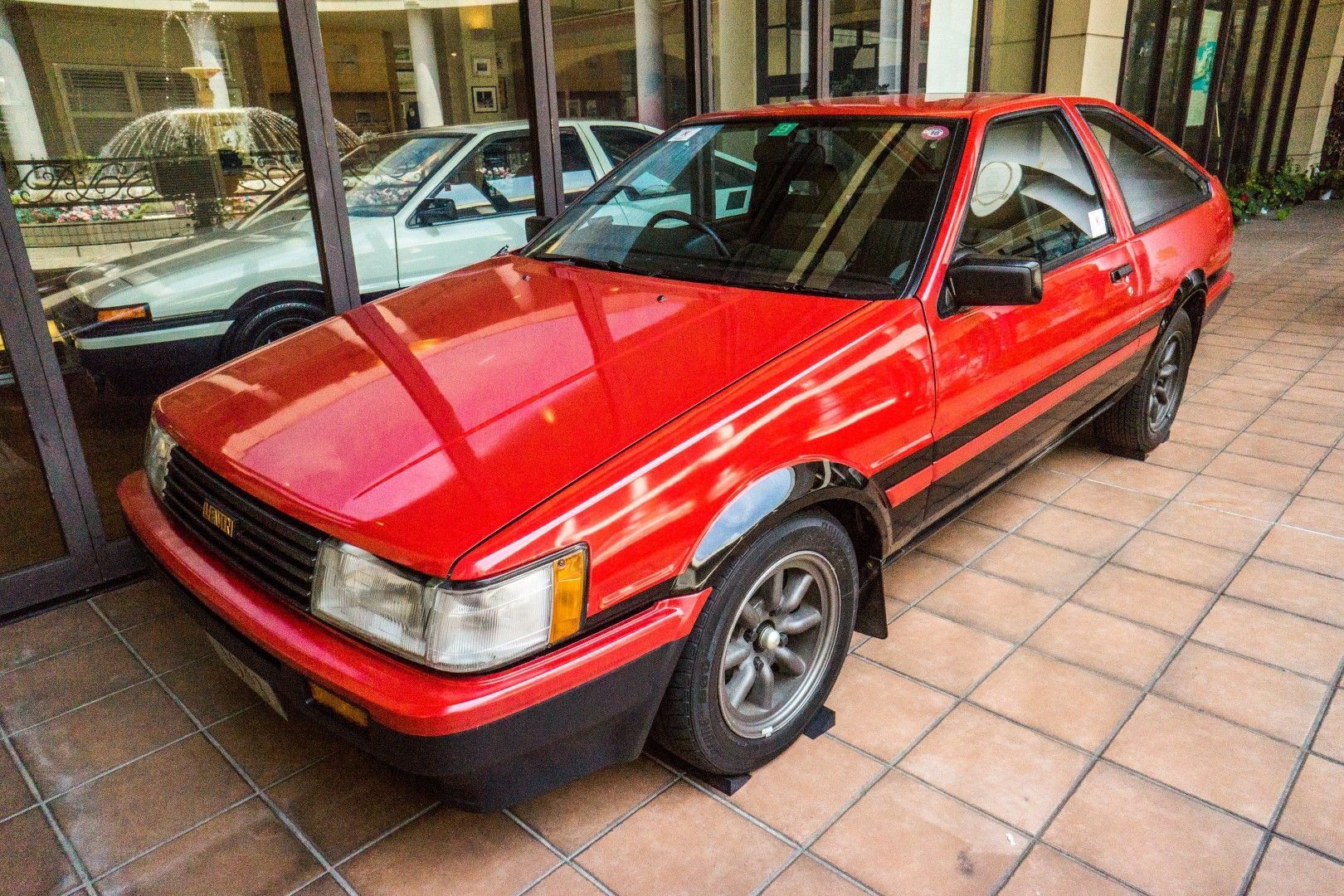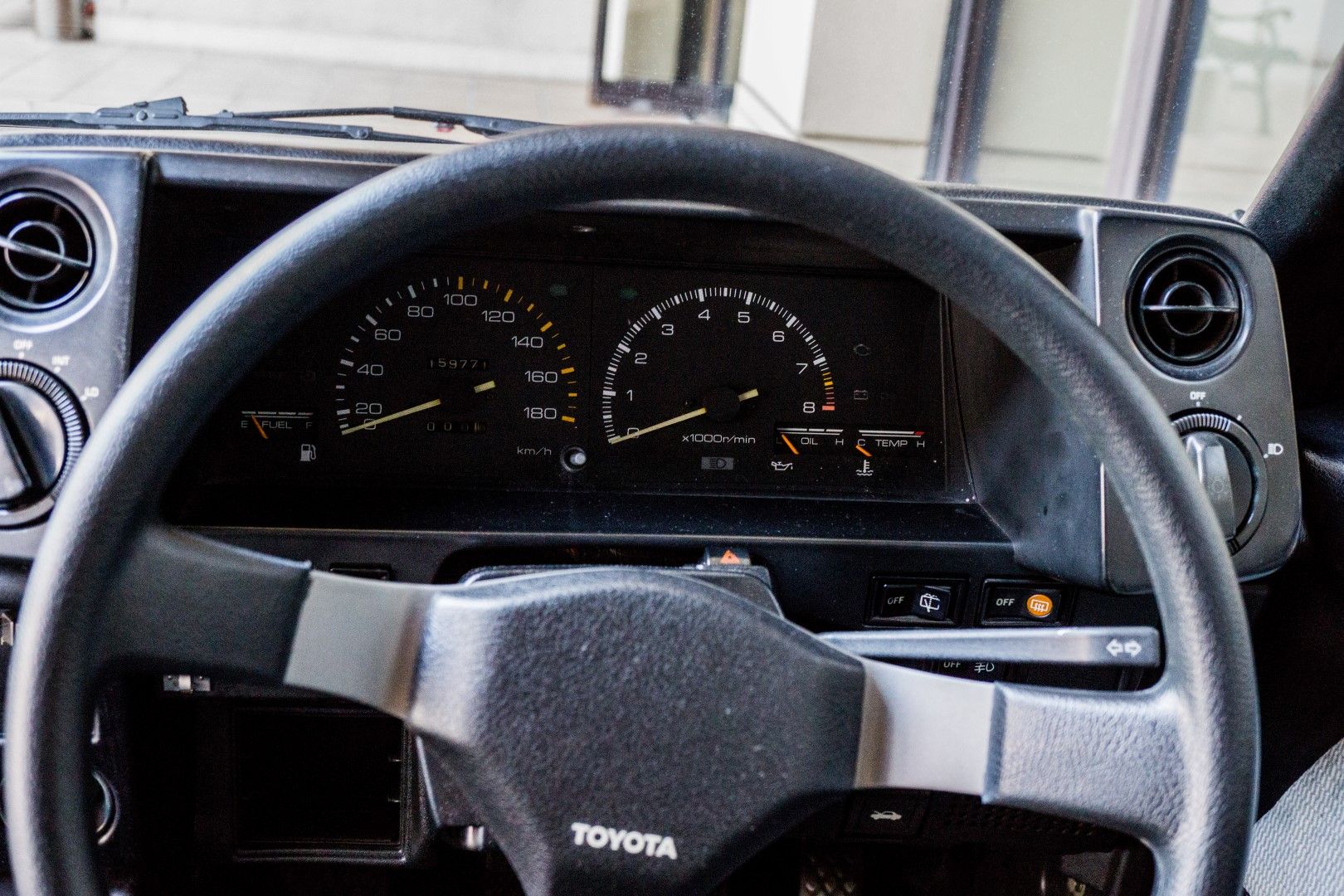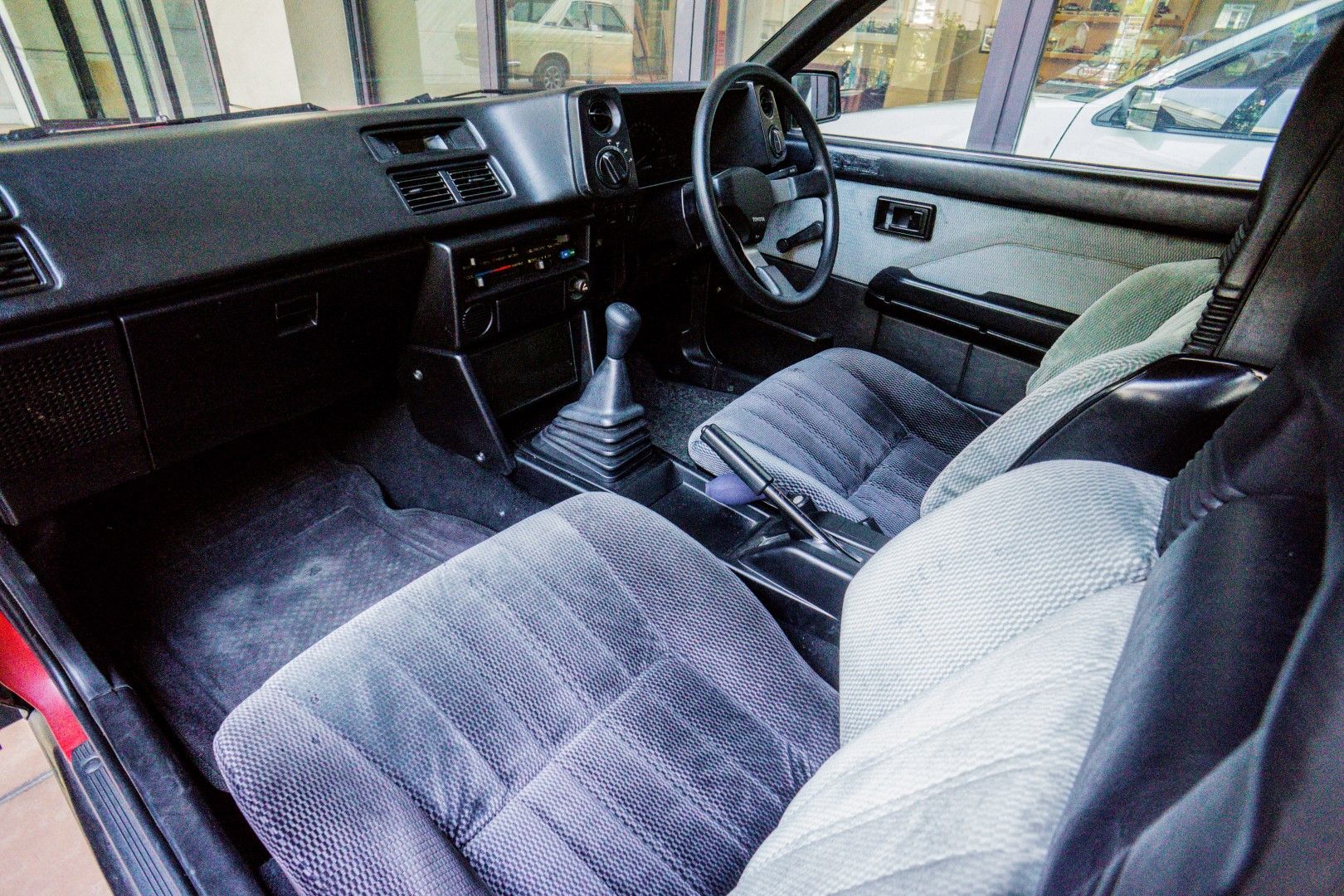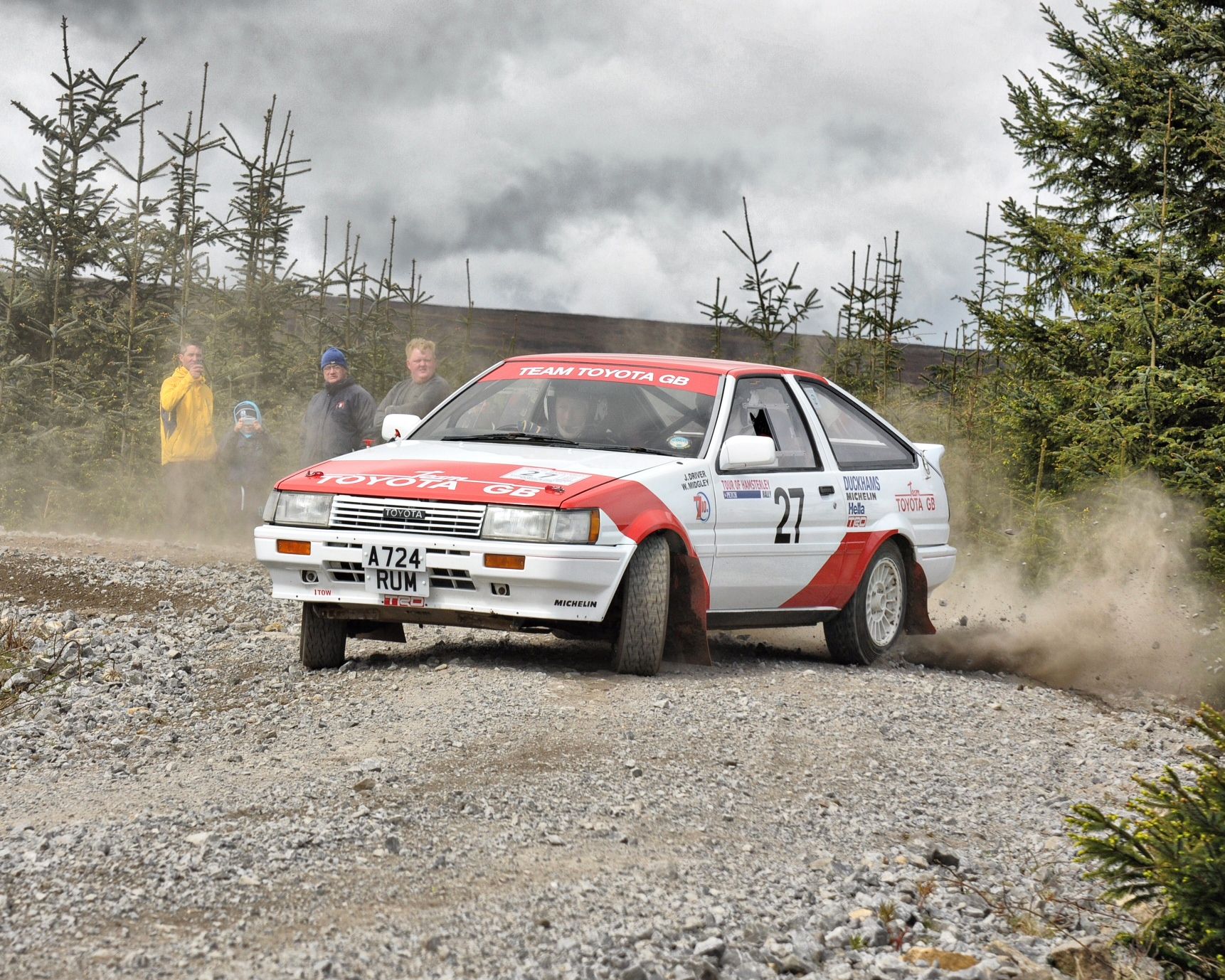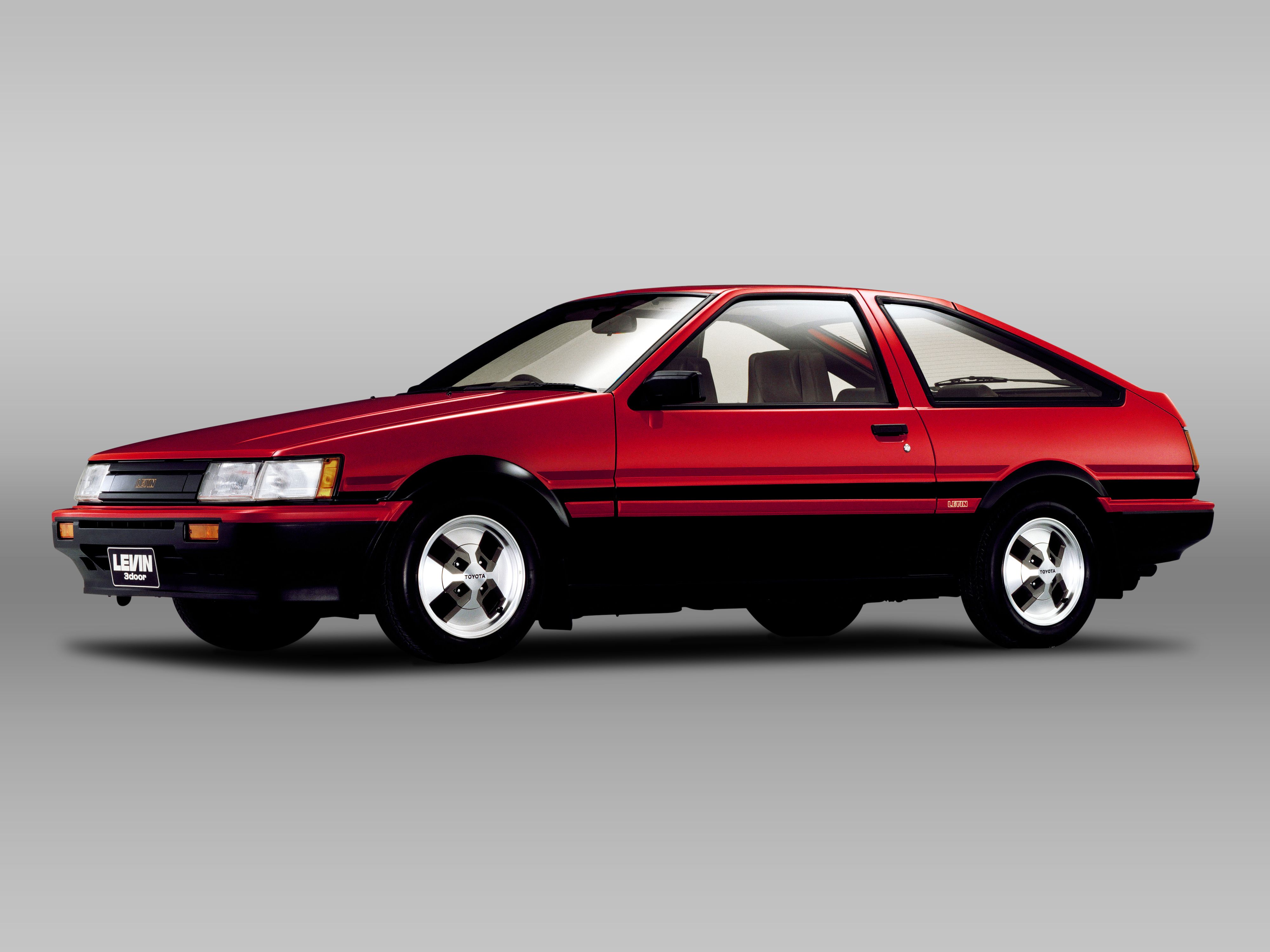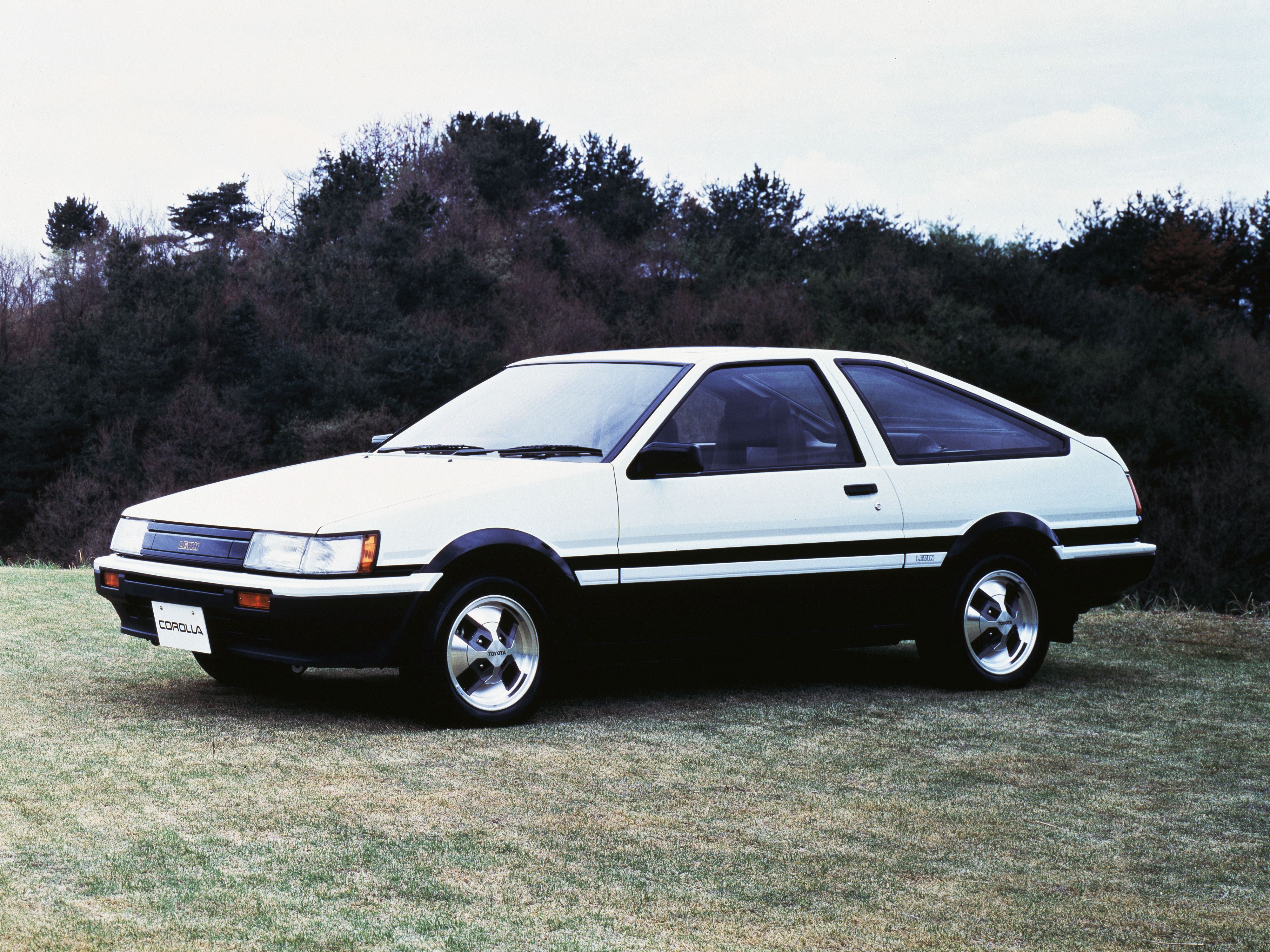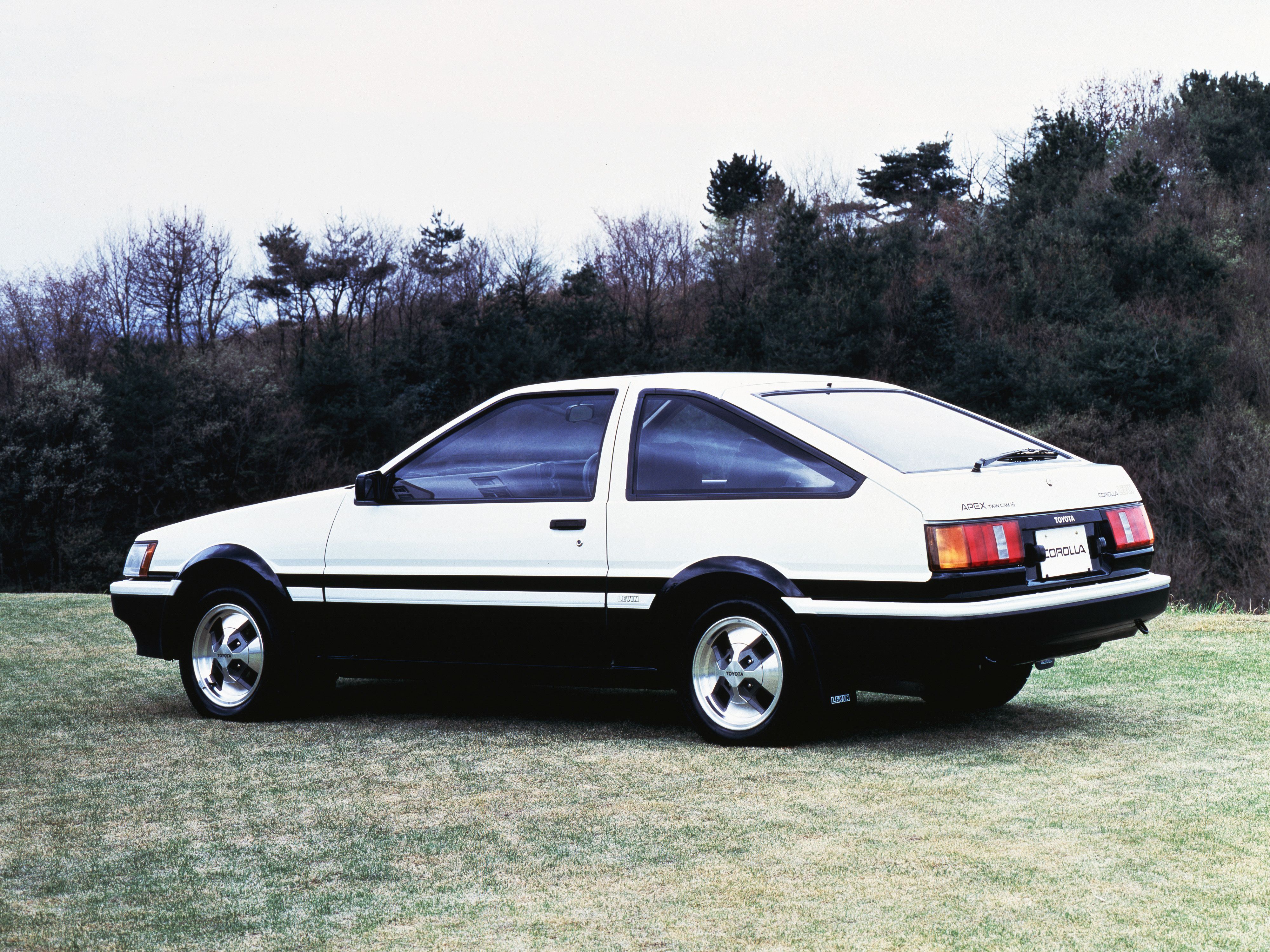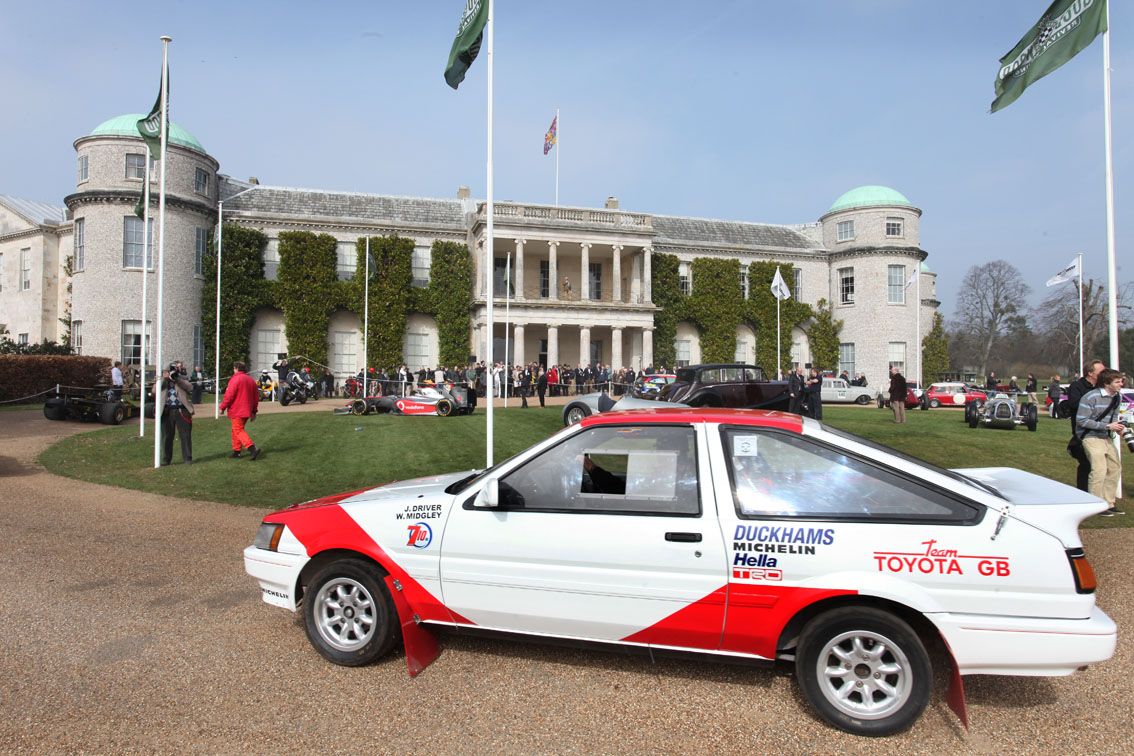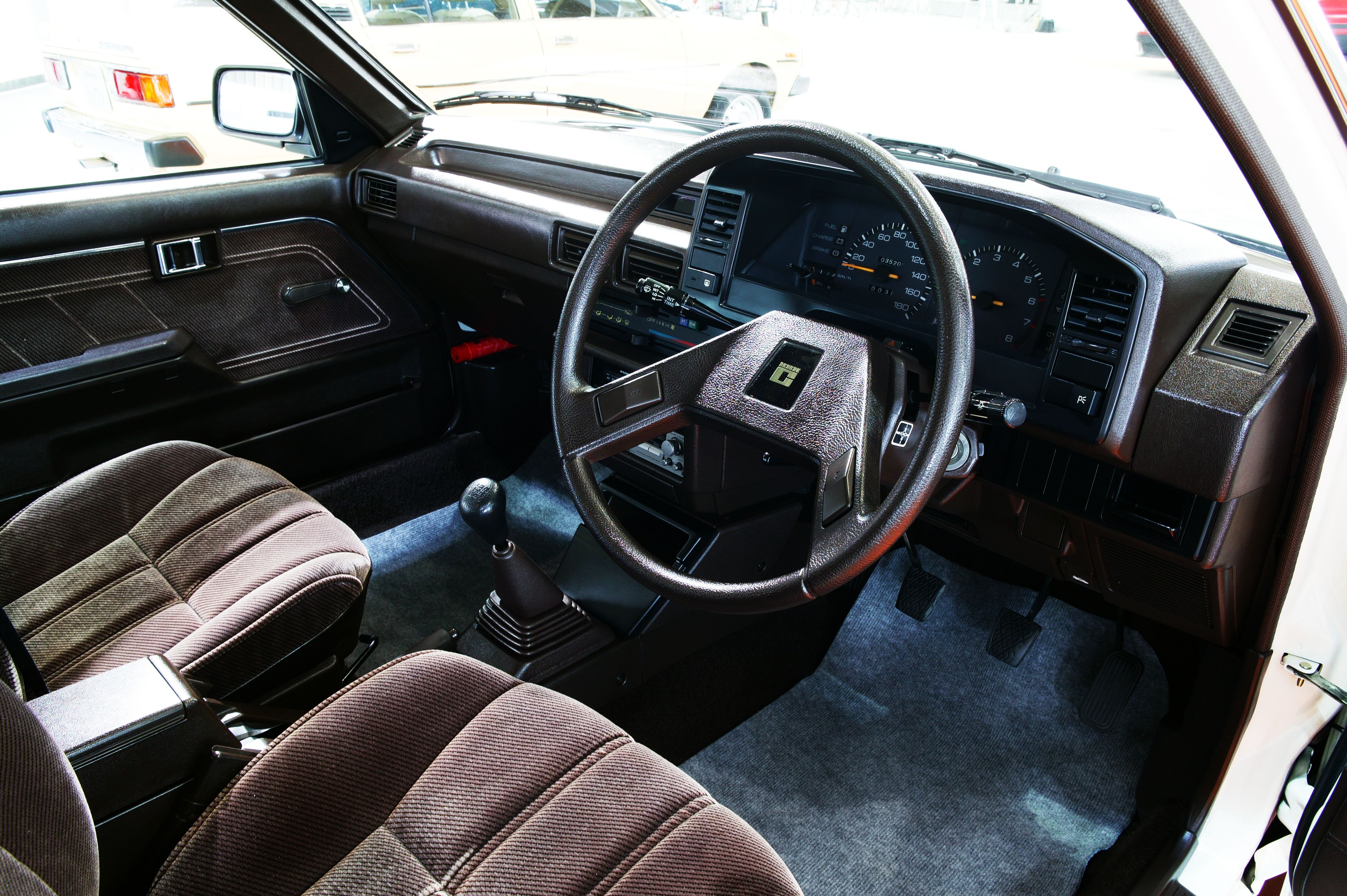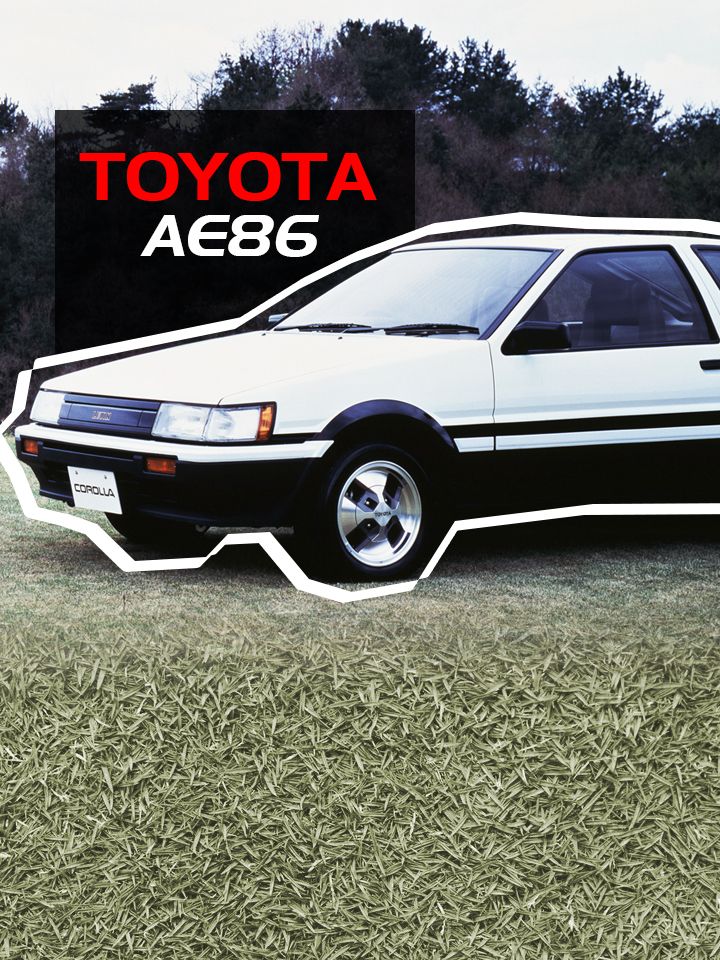Toyota is mostly known for being a sensible carmaker that makes reliable and mostly unremarkable vehicles. The fact Toyota’s high-performance models have always been collaborations with other companies further reinforces that. In 1983, however, while the Corolla switched to the more practical, front-wheel-drive layout, they continued to make a rear-wheel-drive version – the AE86. Here’s everything you need to know about one of the greatest JDM cars, ever made.
1983 - 1987 Toyota AE86
- Make: Array
- Model: 1983 - 1987 Toyota AE86
- Engine/Motor: inline-4
- Horsepower: 128
- Torque: 110
- [do not use] Vehicle Model: Array
Performance and Drivetrain
When talking about the Toyota AE86, it’s important to make the distinction between it and the identically-looking AE85, produced at the same time. That one has a single overhead cam (SOHC) 1.5-liter engine.
The Toyota AE86, however, received one of the company’s best engines – the 4A-GE, 1.6-liter DOHC inline-four. For the JDM and European versions, the 4A-GE engine produces 128 horsepower at 6,600 RPM and 110 pound-feet (149 Nm) at 5,200 RPM. The engine has a cast-iron block, aluminum head, and a redline of 7,500 RPM.
Sadly, the U.S. market got a weaker version of the 4A-GE engine, called the 4A-GEC. You have the state of California to thank for that since they have stricter emissions standards. For the USDM version of the AE86, the 1.6-liter engine makes just 114 horsepower and 97 pound-feet (132 Nm). It was still more than the AE85, also referred to as the "fake 86". That one has a SOHC version of the same engine, producing 77 horsepower.
The 4A-GE 20-valve "Black Top"
The 4A-GE engine was also synonymous with motorsports and its fifth generation, the 20-valve “Black top”, brought power up to 160 horsepower at 7,800 RPM and 119 pound-feet (162 Nm) at 5,600 RPM. The engine came on later models like the JDM-only Corolla AE111, but is a popular engine swap for the AE86.
Suspension and chassis
There wasn’t anything particularly remarkable about the suspension of the AE86. It was an independent, McPherson setup at the front and a live axle at the rear. Higher-spec models had a 6.7-inch limited-slip differential. Despite the rather unremarkable setup, the car had an exceptionally balanced chassis, which made the car predictable and pleasant to chuck into corners.
Design and Body styles
There were two body styles – a liftback and a coupe. However, there were also two different front-end designs and they were both offered under different names. On the one side, you have the Trueno, which came with a pointier front end and pop-up headlights, and on the other, you have the Levin, which had fixed headlights.
Regardless of the body type or front end, all AE86 versions drove identically, even though the hatchback was said to have slightly better aerodynamics while the coupe has a slightly more rigid chassis, because of the additional structural elements at the rear.
Early and Late models
The AE86 Corolla was produced from 1983 to 1987. When on the market for one, it's important to know whether you are looking at an earlier, "zenki" model (1983-1985) or a later "kouki" model (1986-1987) car, since certain parts are significantly different.
Toyota AE86 in Motorsports
The Corolla may have been built with affordability in mind, but it was successful in a wide variety of motorsports. It’s a two-time overall winner at the British Touring Car Championship (BTTC) and despite being rear-wheel-drive-only, it was a capable rally car, winning 45 WRC races. There was also the AE86 racing league, but where the AE86 really excelled was drifting.
The AE86, Keiichi Tsuchiya, and Initial D
The Toyota AE86’s lightweight, compact size, and snappy handling made it ideal for charging down the Japanese mountain passes, sideways. The AE86 is synonymous with a street racer, named Keiichi Tsuchiya who eventually became known as the Drift King.
Lacking the money to enter professional racing, he honed his skills in the Japanese mountains, with an AE86, until eventually, he became a professional racing driver. Keiichi Tsuchiya was winning so much that, in order to keep people’s interest, he started drifting during races, making a spectacle for the audience.
Keiichi Tsuchiya’s exploits were the inspiration for one of the most epic Japanese animes, ever – Initial D. In fact, the main character was based on the Drift King, himself, who was also directly involved in the making of the series. Of course, the main character, a young boy named Takumi Fujiwara drove an AE86, which was handed down to him, by his father – a legendary ex-street racer.
The anime dates back to 1995 and new or remastered series and full-length movies continue to come out, with the latest one dating back to 2021. Of course, the star of the show is the AE86, which like its driver, evolves as the plotline progresses, but all the dream JDM cars can also be seen there. Just like the original Fast and Furious movie popularized the Toyota Supra, it’s safe to say, Initial D put the AE86 on enthusiasts' radar.
The AE86 has one of the coolest nicknames
The Toyota AE86 has many names. In many places, it’s simply known as the Corolla, although enthusiasts will immediately say it’s an AE86. Then we have the different front ends – Sprinter Trueno (pop-up headlights) and Levin (fixed headlights). But regardless of the body type, the Japanese have come up with the best and simplest name for the car – “Hachi Rockyu” – which literally means “eight-six”.
The AE86 was the triumph of engineers over accountants
The AE86 was conceived in times when many carmakers, including Toyota, moved away from the front-engine rear-wheel-drive (FR) layout in favor of the more economically-sound front-engine front-wheel-drive (FF) layout. In fact, most versions of the fifth-generation Corolla, AE80, were front-wheel-drive, with the exception of the AE85 and AE86.
We have legendary engineer, Shinji Ohira to thank for these exceptions, as he convinced management to continue making more fun versions of the fifth-generation Corolla that still featured rear-wheel drive. Much of Ohira’s life was devoted to the Corolla, having been involved in every version of the car between 1979 and 2012, until his retirement at the age of 60.
The AE86 and the Drift tax
Like many rear-wheel-drive Japanese sports cars from the late 1980s and 1990s, the AE86 is not only a popular platform for drift builds, but arguably, the best one. Unfortunately, this means that prices have sky-rocketed to the point where it’s just ridiculous. Some examples are already approaching the $30,000 mark.
A JDM collectible
Becoming a collector’s item is one of the highest praises for a car, especially for something like the AE86 that was built with affordability in mind (not so affordable, nowadays). What it lacks in power, the AE86 more than makes up for with character and there’s no denying the visceral driving experience, courtesy of the AE86’s sheer simplicity and lightness. Just like its spiritual successors the 86 and GR86, it’s more of a platform, which is why finding a stock one is increasingly difficult.

